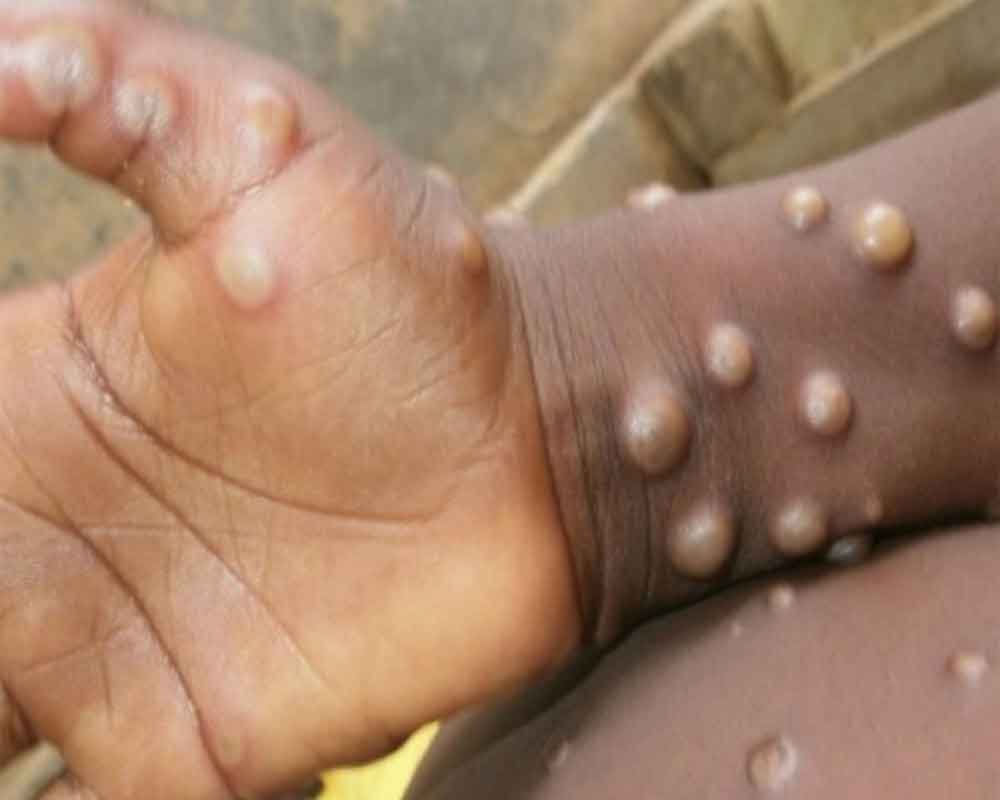The current epidemic of monkeypox cases outside of established endemic locations is being driven mostly by close physical contact with symptomatic persons. While viral transmission between individuals has already been documented, evidence on environmental contamination of surfaces is few.
Environmental testing in hospital rooms
Nörz et al. swabbed surfaces in two hospitalised monkeypox patients’ near and neighbouring rooms in Germany. Anterooms separated the patients’ isolation rooms from the ward corridor, where medical workers changed their personal protective equipment on and off (donning and doffing).
PCR was used to estimate contamination with up to 105 viral copies/cm2 on inanimate surfaces, and the virus was effectively recovered from surfaces with more than 106 copies.
According to the scientists, all of the surfaces that the two patients had physically touched were contaminated with viruses, with the largest amounts discovered in both restrooms (e.g. lever, washbasin, toilet seats). Fabrics used by the patients, such as towels, shirts, and pillows, were also contaminated with viruses.
Viral contamination does not imply the presence of an infectious virus.
The authors emphasise that there is presently no definitive evidence on what dosage of virus causes monkeypox infection in people. However, it is assumed that a substantially greater dosage is required to cause infection than, for example, variola virus.
As a result, Nörz et al. emphasise that “despite significant contamination with up to 105 cp/cm2 and the effective recovery of monkeypox virus from samples containing >106 copies, our findings do not imply that infection may occur via contact with these surfaces.” Furthermore, finding viral DNA by PCR “cannot be equated with infectious virus.”
Virus transmission prevention from symptomatic individuals should be tailored to the individual. According to their findings, “regular disinfection of frequent hand and skin contact points during the care processes, in addition to regular room cleaning and surface disinfection using products with at least virucidal activity against enveloped viruses, can reduce infectious virus on surfaces and thus the risk of nosocomial transmission.”





